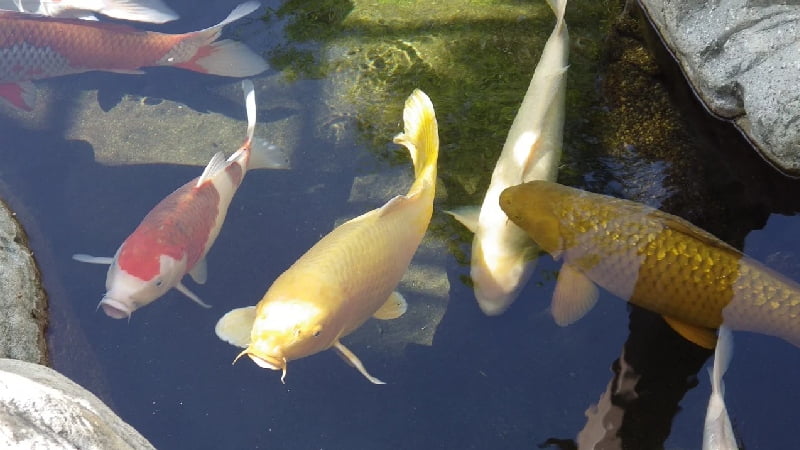Koi fish can be a great addition to any garden, but they are not without their problems. One of the most common problems you are likely to suffer from is your koi fish swimming upside down. There are many reasons why this happens, some of which have solutions and others that do not. Here is a medley of 6 treatments for koi fish swimming upside down.
Why Is My Koi Fish Swimming Upside Down?
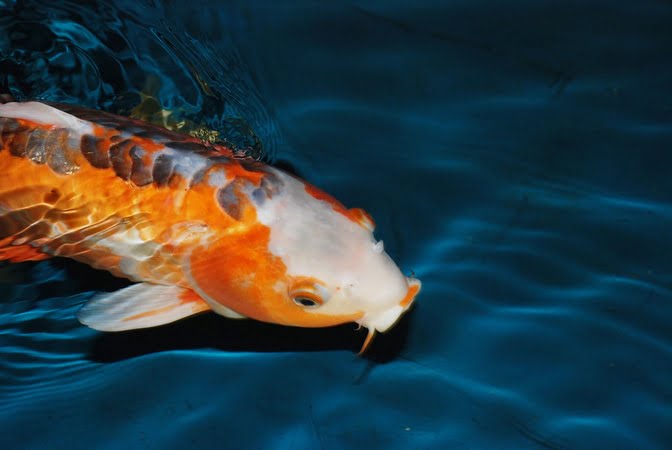
Koi that swim upside down are often suffering from a swim bladder problem, which is the most severe symptom of these behaviors. Your koi uses its swim bladder to regulate the pressure applied to its body while floating, and changes in pressure or diseases (viral or bacterial) cause it to lose control over this function.
The upside-down swimming reflex is not a natural reaction for fish and often indicates internal problems when aggravated by stress and low water quality. When your koi no longer swims usually and has lost most buoyancy control, it is probably the swim bladder. Instead, the weird swimming behavior may result from inferior water quality (i.e., ammonia poisoning) rather than a random pattern.
How Is Koi’s Upside Down Behavior Caused?
Swim bladder illness is a prevalent problem in the aquarium hobby, particularly among fish such as fancy goldfish, who are known to be susceptible. Swim bladder illness can also affect koi carp. However, this is far less prevalent than goldfish. As far as physicians are concerned, there is no known etiology for the condition, linked to anything from heredity to constipation to gulping air to liver problems. Swim bladder illness may also be caused by a parasite and bacterial infections, which are the most frequent in koi, as well as constipation and insufficient nutrition, respectively.
Foods with high nitrate content can cause constipation, as can gulp for air on the surface during eating, which causes ingestion of nitrates. If your koi shows signs of suffering from nitrate poisoning, switching to a low-nitrate fish food that sinks rather than floats may help. Additionally, reducing the level of nitrates in the pond will help, as koi will take in nitrates while feeding themselves.
The second most common problem with koi is a parasite and bacterial infections, and they tend to occur more frequently during the winter. This is because koi hibernate during cold weather, so their immune systems are weaker, so they’re more prone to infections from parasites and bacteria that could interfere with their swim bladder.
The odd swimming pattern your koi exhibits in spring is usually caused by parasites or bacteria he picked up over the winter. To avoid this, make sure your pond can safely “winterize” before the pond’s annual hibernation (technically called “torpor”) period begins.
The Treatment For A Koi Fish Swimming Upside Down
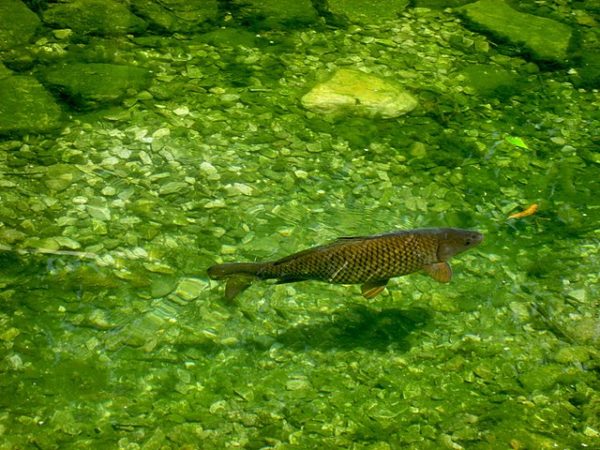
If you notice your koi fish swimming upside down, it is likely suffering from swim bladder disease. While there is no cure for swim bladder disease, some treatments may help improve your fish’s condition. Let’s discover now!
Check For Problems In Water Parameters
Koi’s behavior might alter suddenly. The first step is to check your water quality for abnormalities. It’s possible that your fish’s behavior is exacerbated by stressed-out water, which might be caused by deteriorating water quality. A wide range of water characteristics may be measured using various water test kits.
Fish will suffer stress from high ammonia and nitrite concentrations and swings in pH and KH. Ammonia is highly toxic to fish and can burn their gills and scales if the concentrations are too high. Degradation of water quality typically leads to a downward spiral, with a minor issue becoming a significant issue while also throwing other elements out of balance. The KH in the pond acts as a buffer that maintains the pH of the water; if the KH changes, so does the pH of the water in the pond. The pH of water directly affects its toxicity to fish, where a rising pH makes it more and more dangerous.
Parasite Treatment For The Pond
It’s good to cleanse the pond for both bacteria and parasites to prevent any swimming-related health issues from developing. If a koi’s condition doesn’t improve within a few days after the onset of symptoms, we recommend trying one of these treatments because they are safe for fish and animals and won’t harm water quality.
If your koi have been swimming strangely for more than a few days or rubbing against the pond liner, you should use Aqua Prazi. This is a clear sign a parasite has infected the fish.
There has also been a tendency to raise the salinity (salt) of the water to treat parasites, but we haven’t found this method as effective for treating koi as they cannot stand high salt concentrations. As sturgeon can survive in more significant amounts of salt than other pond fish, this is more suitable for them.
Bacterial Infection Treatment
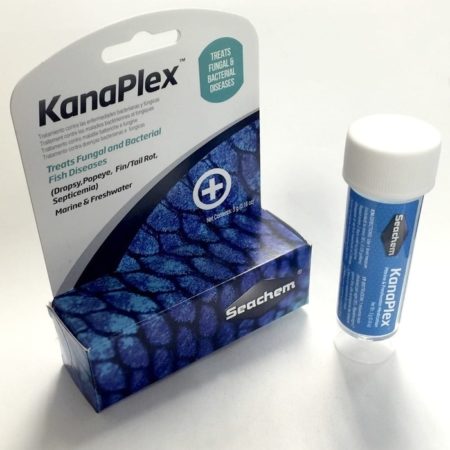
The fish may also need antimicrobial therapy to prevent any bacterial illness from spreading and parasite treatment. Antibacterial therapies have an issue since swim bladder illness is internal, and many medications only treat exterior infections and do not function within.
All other options, such as isolating the ill fish and treating them with antibiotics for 5-7 days, are out. If parasite treatments do not work, you may want to take your fish to a veterinarian for an examination. A broad-spectrum antibiotic like Minocycline or Kanamycin, which both destroy internal bacteria during a 5-7 day treatment period, can be used to treat the fish in a holding tank.
For bacterial infections of the gastrointestinal tract, we suggest Maracyn (Minocycline) or KanaPlex (Kanamycin). The first-day dosage is 2 packets per 10 gallons of water, followed by 5 days of 1 packet per 10 gallons of water. This is how Maracyn should be used for best results.
To get the most bang for your buck, you’ll need a quarantine tank no larger than 100 gallons and a LOT of packets of the treatment. Unlike natural antibacterial treatments, antibiotics can impact the pond’s ecosystem. This product cannot be put directly into the pond.
To put it another way, with a binding agent like Seachem Focus, KanaPlex may be included in koi food. If you’re treating outside of quarantine, acute medicine to food can guarantee that all of the treatment is absorbed. For improved absorption, a tbsp of koi pellets and a few drops of water are added to a single scoop of KanaPlex and a single scoop of SeachemFocus. After a week of daily treatment, you may assess if symptoms have improved or not, and if not, you can continue treatment for another week.
If the problem isn’t with the swim bladder, a natural antibacterial treatment like MelaFix can be applied straight to the pond to fight external infections.
Sinking Koi Food Of The Highest Quality
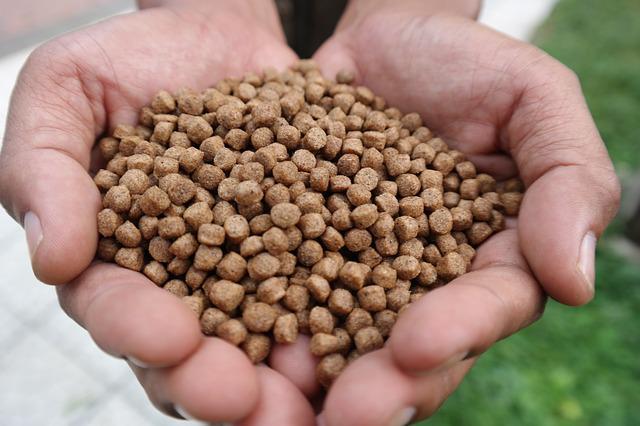
Bladder infections and stress-related abnormal swimming behaviors in koi fish can both be caused by malnutrition or a nitrate-rich koi diet. Swimming bladder illness has been linked to an excess of nitrates in the water and the diet consumed by swimmers.
If the koi are underfed, they will be uncomfortable, leading to infections or parasites that are more likely to attack them. The fish gasping for breath while eating might be to blame. Therefore we suggest switching to a sinking food pellet until the problem is alleviated.
Garlic is beneficial as a natural parasite deterrent, and you’ll want a food that contains vitamins and minerals for better immune performance. Sinking pellets with a suitable nutritional profile are scarce. Floating pellets are more commonly purchased. Alternatively, you can place a bucket of water over your floating pellets and leave them there until they become waterlogged – once they sink, introduce the water along with the food in the pond.
Alleviate All Possible Sources Of Stress
Stress in the environment might cause changes in swimming behavior and personality (e.g., shyness). While poor water quality, parasites, or diseases might cause stress, this is not always the case, especially if symptoms appear and disappear.
If predators are frequent visitors to your pond in the early morning and late evening, you may not have observed any concerns with predators in your pond. A fish’s fear of approaching the surface water might manifest itself in several ways if a heron or raccoon makes frequent visits.
If your pond doesn’t have any areas for fish to relax, they may begin to isolate themselves from the rest of the shoal. Poor water filtration may also be a cause directly tied to declining water quality and clarity. Water quality will degrade, and your koi will grow increasingly unhappy if you don’t maintain your filtration system or the pond is under-aerated.
If you’re adding a new fish to the pond, you should expect some weird conduct until they get adjusted to their new habitat. For a new koi to adapt to a new pond system, it can take several weeks to become used to its surroundings. Therefore it’s crucial to give koi plenty of hiding places.
It’s also possible that your koi are gasping for air because of water oxygen deficiency. In the event of rapid depletion of oxygen in a short period of time, such as an algal bloom, this might happen.
Prevent Bodily Harm Or Damage
SBD can be caused by high drops, confrontations with aggressive fish species, or mechanical damage, such as:
For example, you cannot save the swim bladder during transportation or by an injury. Unless your fish improves from its previous treatment, it is probably doomed if it continues to be this way after it has just been delivered. Unfortunately, these cases do occur occasionally, and nothing can be done.
Tips To Avoid Koi’s Upside-Down Syndrome In Advance
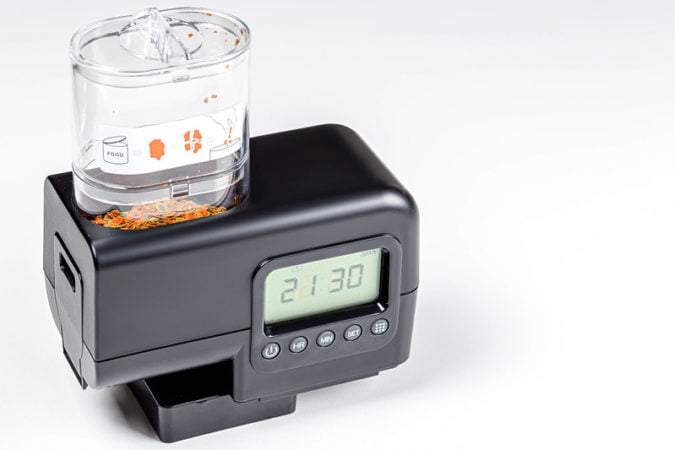
Do these to ensure your fish would never have to face swim bladder disease again:
- The problem is compounded if you feed your aquatic pets excessive amounts of food. Overeating is not a concept that fish understand. When given the opportunity, they’ll consume more than they need. Having a bloated stomach might put pressure on the swim bladder. Taking only one pinch a day should be enough.
- You can get an automated fish feeder and never worry about dosing again. The Eheim automated feeding device is a standout. It’s dependable, and you won’t accidentally overfeed using it. Choosing the proper food, setting it, and changing the batteries regularly are all important considerations. Overfeeding can also lead to the pollution of water. Ammonia, which breaks down leftover food, will rapidly overwhelm the aquarium’s beneficial microorganisms. Nitrate levels can rise in an aquarium, which may cause an infection in the fish’s swim bladders.
- You should avoid feeding floating food to your pet if you can. Pellets or other food that floats at the water’s surface encourages the pet to gulp air. The swim bladder can become swollen if it has too much air in its belly. A buoyancy problem will result if the swim bladder becomes swollen. Feed sinking food whenever possible.
- Foods that contain air should be avoided: Some foods are more porous in texture than others. Air is introduced in this way into fish’s stomachs. As a result, the swim bladder can become engorged with air from the stomach.
- Embrace the concept of soaking foods before offering: By soaking dried foods in water before offering. Eventually, this will prevent the foods from expanding inside your fish’s stomach.
- You should always offer thawed frozen foods whenever you offer frozen meals. The volume of the frozen food will increase after being thawed. This can lead to your fish bloating if it happens inside.
- Maintain your pond with regular water changes: Although this should be obvious, I still want to mention it. By changing the water in the aquarium, you will prevent bladder infections due to nitrates.
- Ensure your fish tank has a large filter: The larger the filter, the better bacteria it will contain. Biological filtration is stronger with more bacteria, reducing the risk of bladder infection.
- Water temperature must be held: Fish have cold blood. This means the body’s temperature is crucial for its metabolism. Constipation may result. In my guide, you can find heaters for small tanks.
- Feed your fish high-fiber meals once a week to keep their diet varied. Anything high in fiber that your fish will eat will work, including peas. Bloodworm can also be used as a preventative measure against SBD.
- Avoid fish that look like balls, such as fancy goldfish. Avoid fish that have been bred to have a specific ball-like form while stocking your aquarium. That describes the majority of today’s goldfish types.
Video: Aspirating A Koi’s Swim Bladder
FAQs
Does quarantining sick fish make sense?
Since the last disease symptom or death was seen, it is recommended that most new fish be quarantined for 4-6 weeks.
Is aquarium salt beneficial to the swim bladder?
Dropsy, swim bladder illness, and constipation in fish can all be treated with this chemical. Aquarium salt is not utilized to cure these illnesses, as previously stated.
Can swim bladder disease self-cure?
By preventing extra air from entering the duct to the swim bladder, switching to a sinking or neutrally buoyant diet may help rectify moderate problems. Swim bladder abnormalities, however, may be difficult to rectify even with dietary changes.

Annette M. Chaney is an experienced marine biologist with over 20 years of experience as an aquarist and fishkeeper. She started her first aquarium at a young age, filling it with frogs and goldfish obtained from the ten-cent pet store.
Annette grew up caring for and breeding African Cichlids, which led to a hobby in high school that doubled as a profitable means. Attending Reed College gave her time to solidify herself as an accomplished aquarium caretaker with an eye for sales. After that, from 2009 – 2013, she studied at Roger Williams University – one of the most prestigious universities for Aquaculture and Aquarium in USA. She is the founder of AquariumCircle since 2010.
